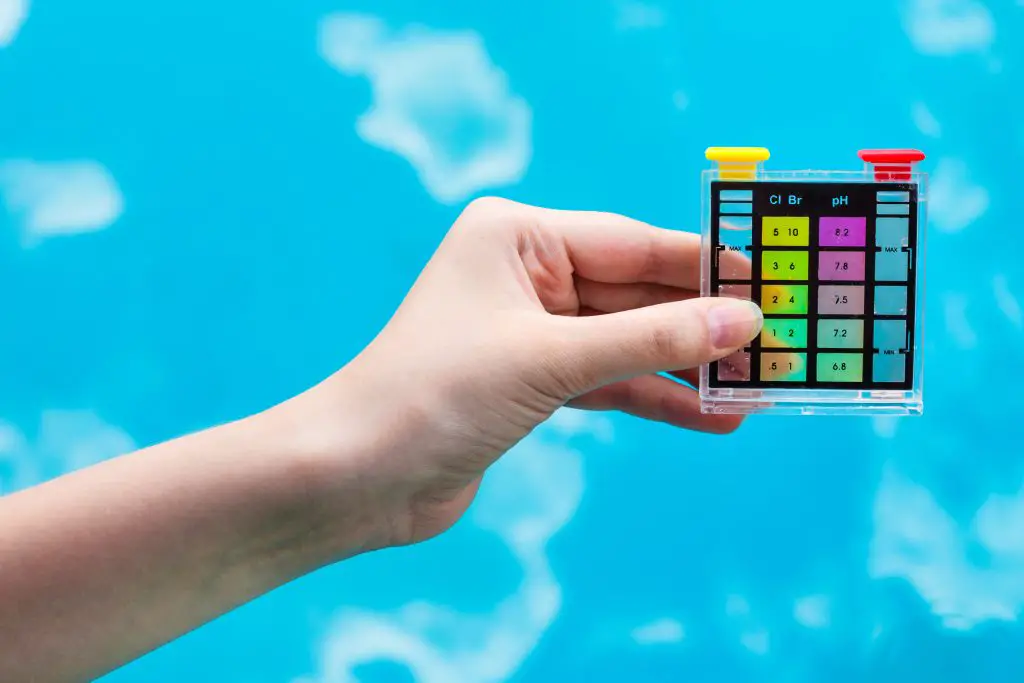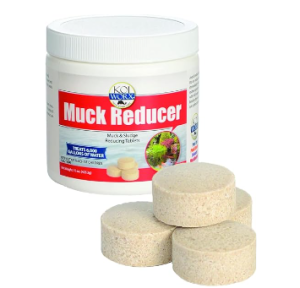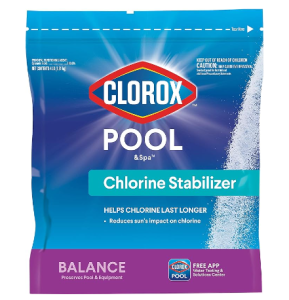Having the right chlorine level in your pool is crucial for maintaining clean and safe swimming water. Chlorine helps to kill bacteria, algae, and other harmful contaminants that can make your pool water cloudy or even unsafe to swim in. If you’ve tested your pool water and found that the chlorine level is too low, don’t worry! There are several effective ways to bring up the chlorine level in your pool.
1. Shock Your Pool
One of the quickest ways to bring up the chlorine level in your pool is by shocking it. Pool shock is a highly concentrated form of chlorine that rapidly raises the chlorine level in your pool water. Follow the manufacturer’s instructions on the shock product you choose, and be sure to test the water after a few hours to ensure the chlorine level has increased to the desired range.
2. Use Chlorine Tablets
Chlorine tablets are a convenient and effective way to maintain the chlorine level in your pool. Simply add the tablets to a floating chlorine dispenser or automatic chlorinator, and they will slowly dissolve, releasing chlorine into the water over time. This can help to keep the chlorine level consistent and prevent it from dropping too low.
3. Liquid Chlorine
Liquid chlorine is another option for raising the chlorine level in your pool. It is fast-acting and can be poured directly into the pool water. Be sure to follow the manufacturer’s instructions for dosing, as adding too much liquid chlorine can result in over-chlorination, which can be harmful to swimmers and damaging to pool equipment.
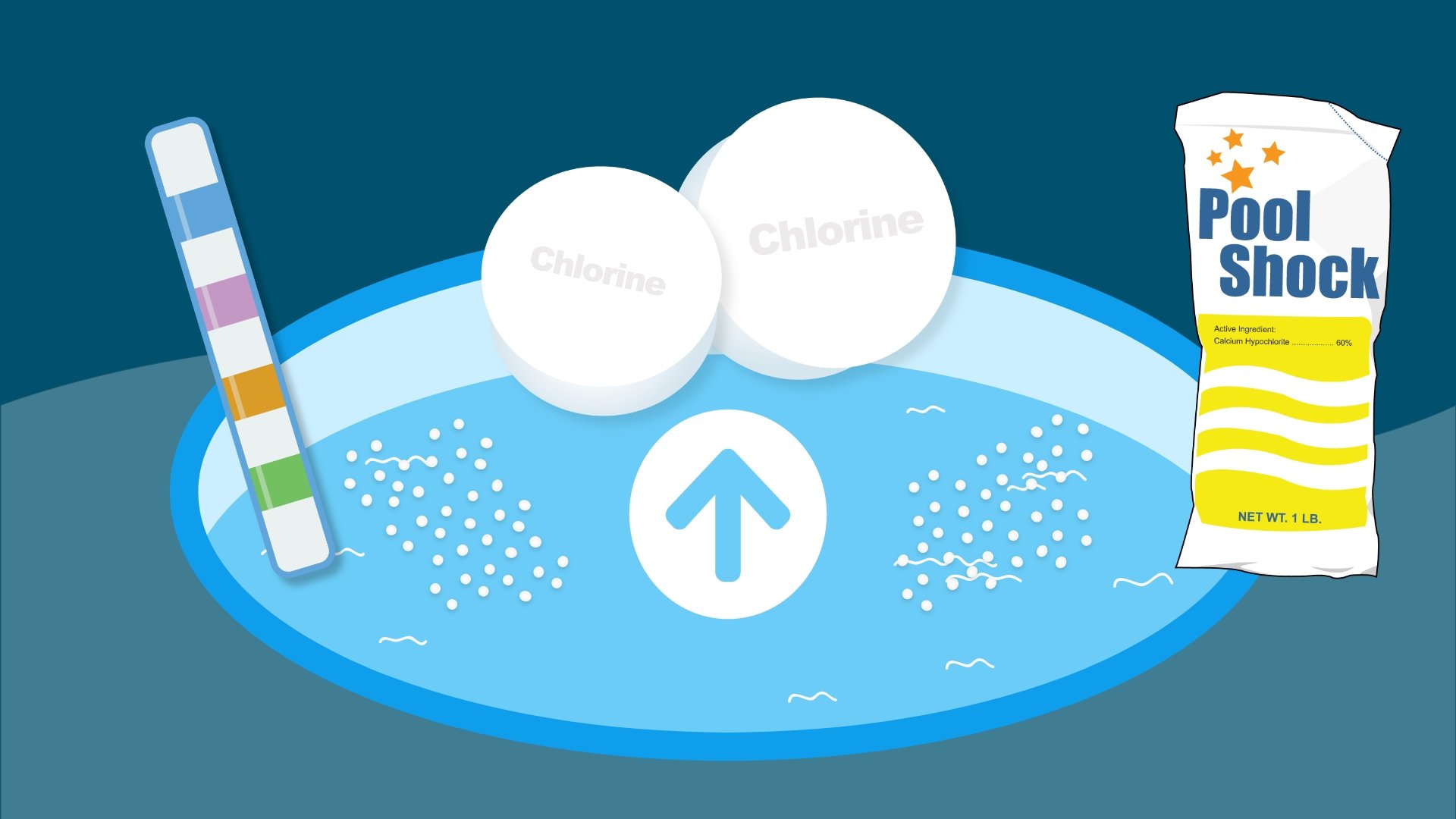
Credit: www.swimuniversity.com
4. Maintain Proper pH Levels
It’s important to maintain the proper pH levels in your pool in addition to the chlorine level. If the pH is too high or too low, it can affect the effectiveness of the chlorine. Keep the pH between 7.2 and 7.6 to ensure that the chlorine works optimally to keep your pool water clean and safe.
5. Regularly Test Your Pool Water
Testing your pool water regularly is essential for maintaining the proper chlorine level. Use a pool water testing kit to check the chlorine, pH, and other chemical levels in your pool. This will help you to quickly identify if the chlorine level is too low and take action to bring it back up to the appropriate range.
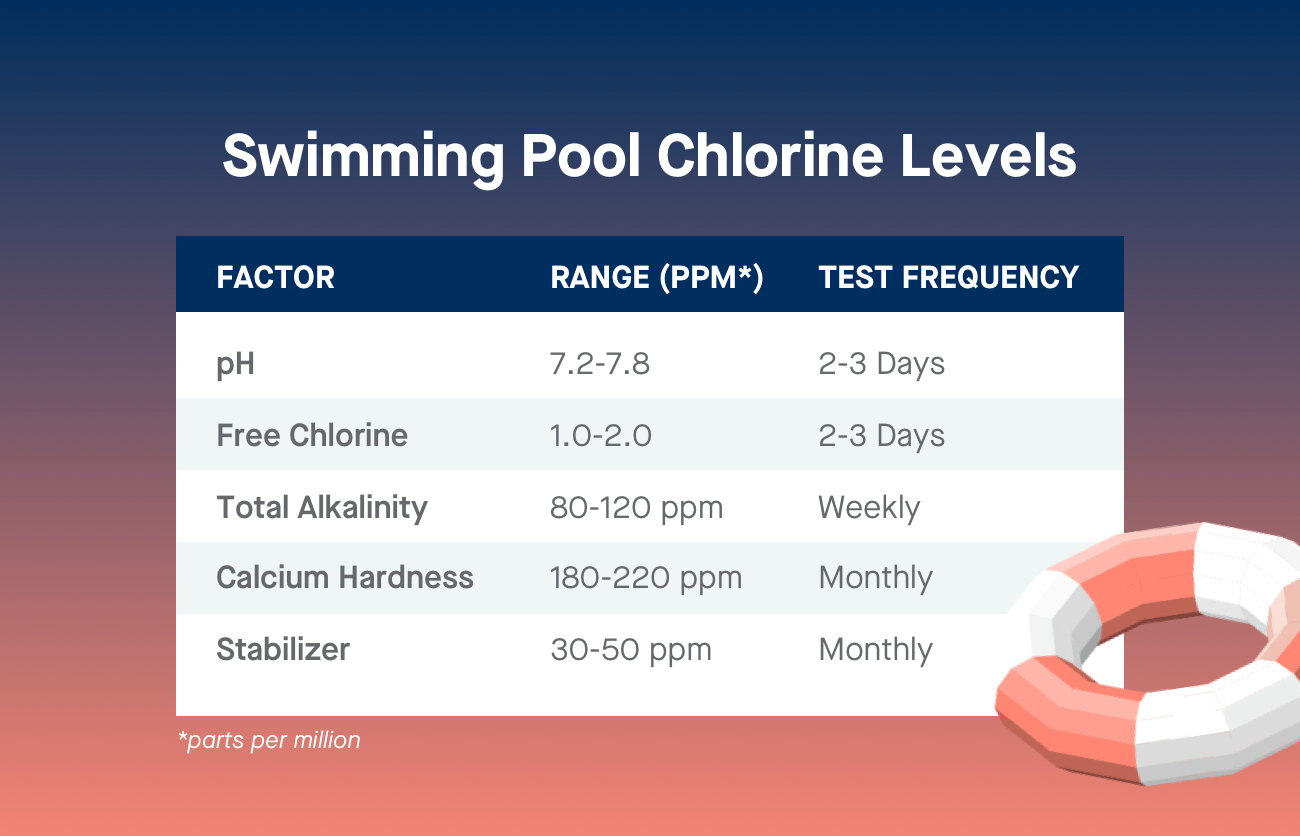
Credit: www.lathampool.com
6. Consider UV Exposure
If your pool is exposed to a lot of sunlight, the chlorine in the water can be broken down more quickly. Consider using a pool cover or adding a stabilizer to help protect the chlorine from UV exposure and keep the levels stable for longer periods.
7. Clean Your Pool Regularly
Keeping your pool clean is also important for maintaining the proper chlorine level. Debris, leaves, and other contaminants can consume chlorine, making it less effective at killing bacteria and algae. Skim the surface, vacuum the pool, and clean the filters regularly to ensure that the chlorine can do its job effectively.
8. Seek Professional Help
If you’re having trouble maintaining the chlorine level in your pool, don’t hesitate to seek help from a professional pool service. They can provide expert advice on how to bring up the chlorine level and keep your pool water clean and safe for swimming.
By following these tips and staying proactive about maintaining your pool water chemistry, you can ensure that the chlorine level in your pool remains at the proper range for a clean and safe swimming experience.


